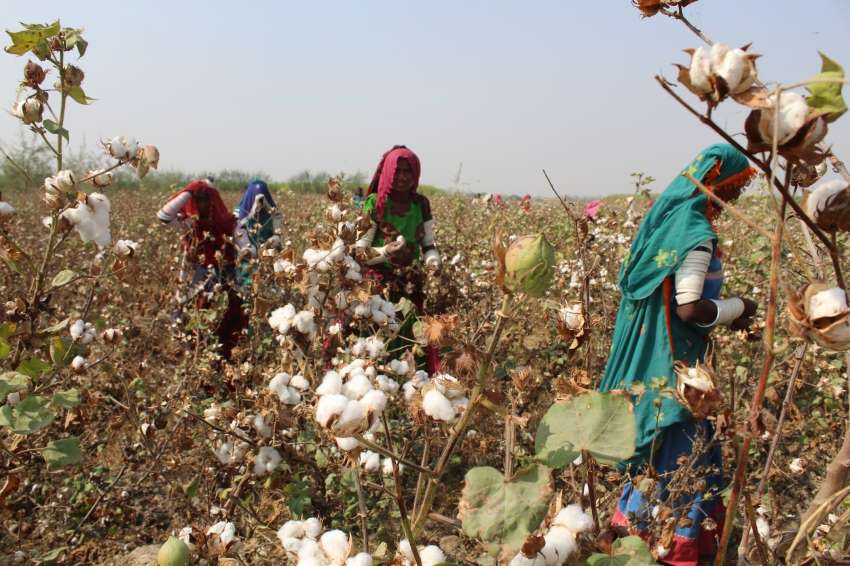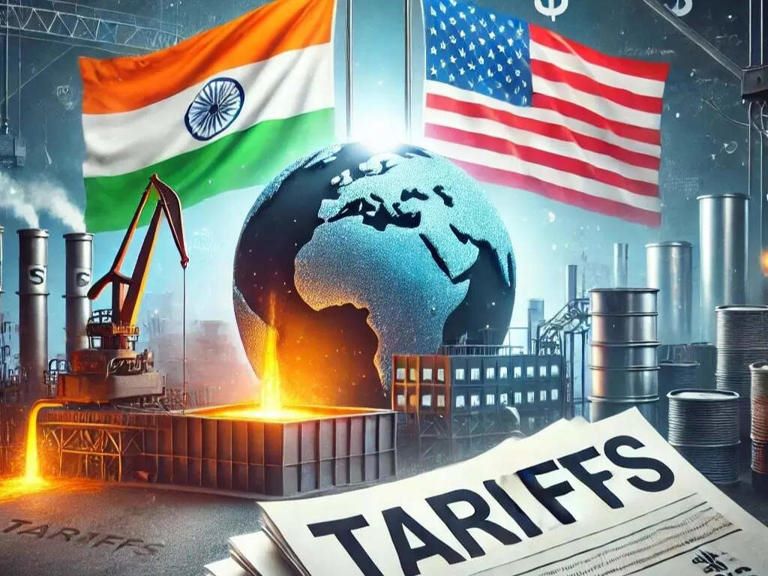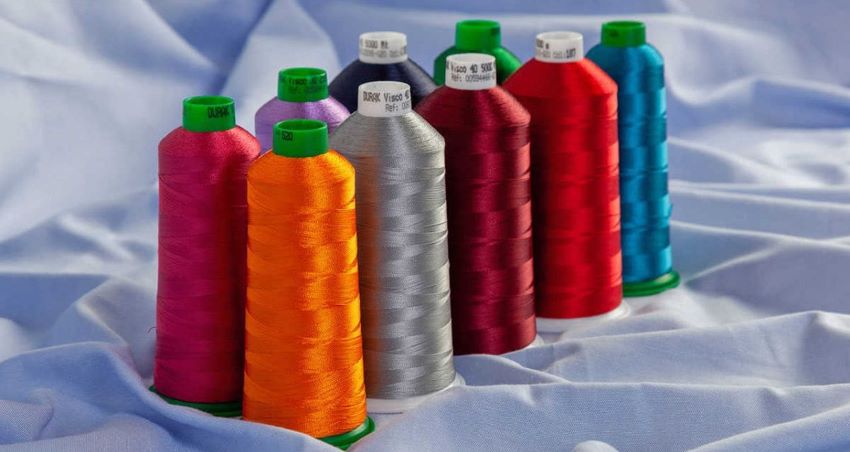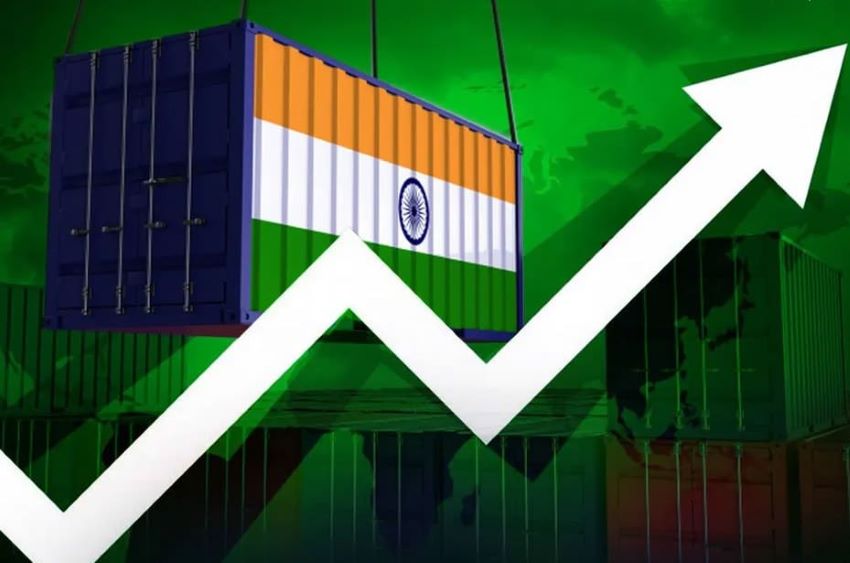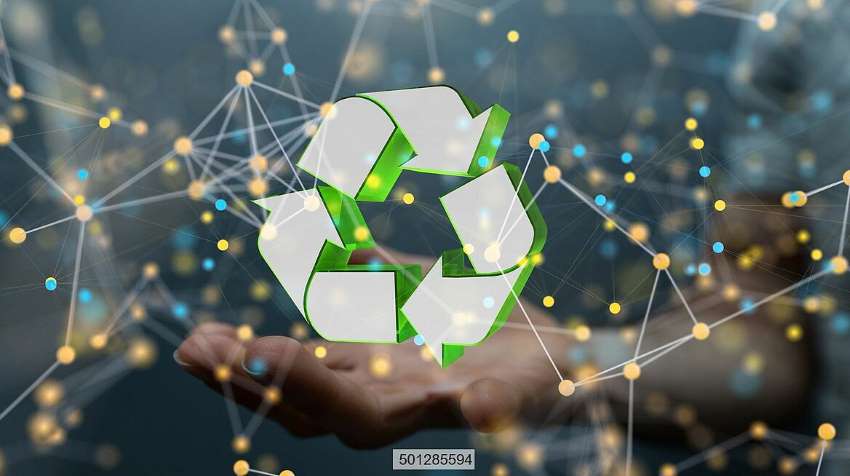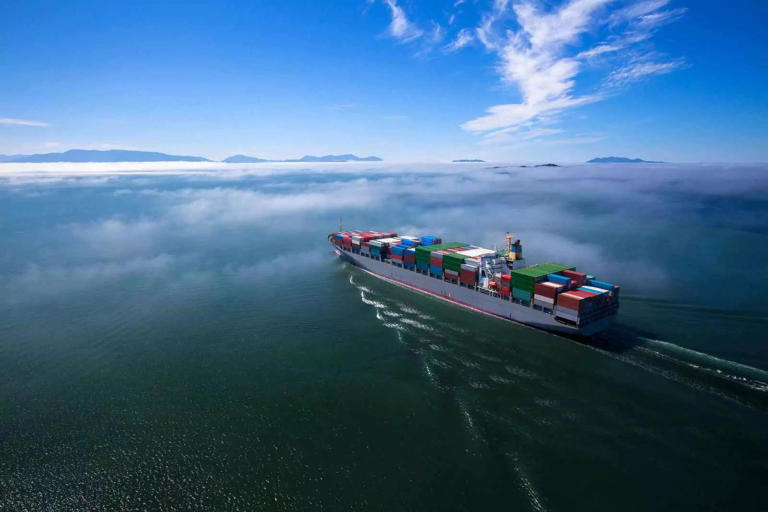FW
The export value of Laos' garments rose five per cent in the first six months of this year. This has come about mainly because of an expansion of industrial capacity. In 2014 garment exports is expected to bring in $226 million. Laos’ garment industry has been strengthened by the implementation of modern technology and the influx of new manufacturers. The country continues to be attractive because of its stable political environment and cheap labor force.
One of the main reasons why Laos is an attractive investment destination is that there are no strikes in the country unlike neighboring Vietnam and Cambodia. However, the garment industry in Laos is facing labor shortage as workers are moving to Thailand in search of higher wages. Labor shortage means manufacturers can’t keep up with demand. In fact, there is a high demand for Laos garments particularly in EU.
Thailand offers an attractive minimum wage of $279 US a month while in Laos the minimum wage is around $77 US per month. However, the Laos industry is benefitting from a rise in labor costs in China. International trading firms prefer to order their merchandise from countries with lower production costs such as Laos, Thailand and Vietnam.
Karl Mayer has added the JL 65/1 B machine to its jacquardtronic lace series. The machine is available in gauges E 18 and E 24, and features a working width of 132 inches plus a two-inch extension for the tenter frame. It was developed for problem-free coarse bourdon cord processing.
The HKS 2-M is the latest addition to Karl Mayer’s tricot machine line. The 180-inch-wide version can operate at maximum speeds of 3,200 meters per minute, which is approximately 20 per cent faster than its predecessor. A 210-inch-wide version can reach top speeds of 3,000 meters per minute.
The HKS 2-M includes the Kamcos a computer platform, electronic speed control of the main drive, and electronic systems for controlling the fabric take-down and yarn feed. The medium stroke machine is suitable for producing non-stretch fabrics featuring low stitch number and loose yarn running in gauges of up to E 32. End-uses for such technical and semi-technical fabrics include mattress covers, velour fabrics for furniture, nets, sporting goods, shoe fabric and printing grounds. The machine also is capable of producing tulle and other open mesh, stylish fabric for the clothing sector.
Beginning September 2014, Karl Mayer will include new flexible reusable pattern guide fingers and strings on all new lace raschel machines.
www.karlmayer.com/
Inspection of Bangladesh garment factories for compliance has run into a hurdle. Who’s to fund the factory owners for implementing safety measures? Western groups, Accord and Alliance, who are carrying out their inspection programs have commitments to assist those factory owners who are unable to carry out remedial measures. But a similar inspection done by the Bangladesh government in association with the ILO has no such clear guidelines.
There’s a fear that the government-led improvement program might fail to bring desired results if remedial steps can’t be undertaken due to shortage of funds. Most of the factories are small and medium ones.
The government and the ILO are implementing a three-and-a-half-year-long project to improve working conditions in the readymade garment sector. This involves inspection of factory buildings for fire and electrical safety, strengthening labor inspection, occupational safety and health awareness among workers, rehabilitation and skill training of survivors of the Rana Plaza collapse, and implementation of Better Work Program in the country.
The Bangladesh Garment Manufacturers and Exporters Association (BGMEA) is demanding a budgetary allocation so that cash-strapped factory owners get the funds required for the post-inspection period. It has requested the government to take steps on a priority basis so that funds are available to these units at a low interest rate.
The EU is now the world's largest garment importer, with shipments increasing at a rapid pace. In contrast, the US is showing marginal gains. US footwear companies are sourcing more from inner China and non-traditional production countries in a bid to offset tariffs and rising costs. While China’s share of the US market has fallen 3 per cent over the past year, Vietnam is gaining the most from this drop.
Colombia's textiles and apparel industry is set to grow 7 per cent in 2014, buoyed by strong domestic sales. But exports, a key pillar of industry growth, look disappointing. East African countries continue to induce foreign investors to revive their textile and apparel industries.
India has overtaken Germany and Italy to emerge as the world's second largest textile exporter. But it lags behind China, whose exports are nearly seven times higher. With a 4.5 per cent share in world garment exports, Bangladesh has overtaken India, which has a 3.5 per cent share. Garment sales comprise 80 per cent of Bangladesh’s exports, catalysed by export-processing zones that enjoy subsidized power.
In addition to lower labor costs, Bangladesh’s clothing exports don’t face taxes in at least 37 countries, including EU nations, Canada and Australia.
Japan is the third largest garment importer in the world after the US and Germany. But imports from China are gradually declining. Chinese garments which constituted 84 per cent of Japan’s imports at one time reduced to 75.6 per cent in 2013, while the share from ASEAN countries surged by 8.4 per cent. Japanese garment buyers have invited Pakistani producers to tap their market as they intend reducing garment imports from China.
Japan is an industrialized country deficient in natural resources and raw materials hence it relies heavily on value added exports to pay for these imports. On the other hand, Pakistan stands in the category of developing countries deficient in technology and endowed with natural resources of fertile agricultural land and raw materials. The natural resource endowments and economic backgrounds of these countries make a strong match for engaging in trade and investment.
During the early days of Japan-Pakistan foreign trade relations, Pakistan exported raw cotton to Japan and Japan processed the cotton into yarn and cloth and then exported them back to Pakistan. This pattern shifted later on as Japan began to export spinning machinery to Pakistan, and currently textile yarn and fabric is the largest component of Pakistani exports to Japan.
Texas Tech University researchers have recently discovered low-grade cotton made into an absorbent non-woven mat can collect up to 50 times its own weight in oil. The results strengthen the use of cotton as a natural absorbent for oil. Fibertect is a non-woven decontamination wipe developed by researchers at Texas Tech capable of cleaning chemical and biological agents.
In the four year project, scientists tried to create a fundamental understanding of the effect of fiber structure and basic characteristics of cotton on oil sorption capacity of unprocessed raw cotton. The work also examined the basic mechanisms behind oil absorption by non-woven cotton webs.
The conclusion is that non-woven cotton webs as oil absorbent have tremendous potential for application in real-time oil spill scenarios along with environmental sustainability and commercial acceptability. Fibertect is a nonwoven decontamination wipe. It is two non-woven cotton layers with the carbon in between. It is a three layer, inert, flexible, drapable, nonwoven composite substrate for absorbing and adsorbing chemical warfare agents, toxic industrial chemicals and pesticides.
Fibertect is self-contained and packaged for easy use, storage, and transport. Materials used in the outside layers may vary to provide both absorption and adsorption properties and multiple functional uses.
Asia, the world’s textile and clothing workshop is at the heart of many sustainability initiatives. The reason is that brands simply cannot afford not to care: their reputation can be seriously damaged if a supplier is responsible for a pollution spill or an industrial accident.
Multiple initiatives are underway in Bangladesh’s garment and textile sector, which has long had a poor environment reputation. One is a German development program, GIZ-PSES. It’s preparing an agreement with a global manufacturer of industrial chemicals and dyes to improve chemical management in 10 Bangladesh textile mills. Bangladesh will benefit from GIZ’s chemical management tools, which includes practical measures for proper handling and storage of chemicals, improving workplace safety, saving water, energy and dyes and complying with environmental laws.
In India, increased global demand for eco-friendly and ethical textiles is encouraging Indian manufacturers to seek global certifications. Alok Industries, India's largest fully integrated textile company for cotton and polyester, has partnered with Zameen Organic to form a farmer-centered fair trade business. This initiative supports the conversion of farmers to organic farming and helps them establish independent co-operatives, as well as arranging organic and fair trade certification for growers.
Home-grown green production initiatives are also emerging in China. Huafang Textile, one of China’s leading printing and dyeing companies, is using bio-enzyme-based products. This helps the company to efficiently reduce chemical oxygen demand while reducing water and energy use.
Foreign direct invested (FDI) firms account for 60 per cent of Vietnam’s total garment and textile export revenue. There are 3,000 garment and textile firms in Vietnam, 25 per cent of which are FDI firms. Foreign firms are expected to continue ramping up their investments throughout the year in anticipation of forthcoming free trade agreements. Vietnam is currently negotiating entry in the Trans-Pacific Partnership agreement. If the trade negotiations are successful, Vietnam would be able to either halve or nullify the 17 per cent duty the US levies on Vietnam’s garment exports. In expectation of this, foreign firms are implementing major investment projects in the textile and garment sector throughout the country.
To secure duty-free status, Vietnam must agree that all manufacturing processes, including yarn spinning, knitting and dyeing, will be carried out in TPP member countries. If Vietnam obtains duty-free status, that would help fuel further inflows of FDI into Vietnam. Currently, the major players in the Vietnamese garment and textile industry are China, Hong Kong, and Taiwan. However, South Korea, Japan, Australia, and the US are also looking for larger investment opportunities due to investors’ anticipation of Vietnam fully opening its market in line with World Trade Organization commitments and the signing of the TTP agreement.
Italy's exports of textile machinery increased 9 per cent for the first quarter of this year compared to 2013. Sale of Italian machinery is still declining in China and India but growth has been recorded in other primary export markets like Turkey, United States and Bangladesh.
According to ACIMIT, the Association of Italian Textile Machinery Manufacturers, textile machinery orders index for the second quarter of 2014 has recorded a 6 per cent increase compared to the previous quarter. ACIMIT is a private non-profit body and its main purpose is to promote the Italian textile machinery sector and in supporting its activity, mainly abroad. In order to do that, ACIMIT provides information on the activity of the producers and organises a wide range of promotional activities, often in collaboration with the Italian Trade Commission.
Another major aim of the association is to inform its member companies about commercial, financial and technical problems in different markets to facilitate market entry. The group is confident that ITMA, the industry’s premier trade event, to be held in Milan from November 12 to 19, 2015, will kick-start growth for the entire sector. A total of 336 Italian machinery manufacturers have already confirmed their participation for ITMA 2015.
www.acimit.it/
Johnson NG, Sr Manager, Publications & E-commerce at Hong Kong Exhibition and Convention Centre (HKTDC) was in India recently to promote the fairs organized by the company as well as their online trade promotion platform. “I think India fits the bill, versus China, because it’s more for small orders, variety and exclusivity. If this is put across loud and clear, we will have more and more participation from India,” he says. India according to him stands for variety and not mass production or big orders.
HKTDC is strongly promoting small order initiatives in the country and these were discussed with the export promotion councils, during his visit. “Many of their members are capable of entertaining small orders. The small order volume in terms of $2,500 (over Rs 15,000) would be the optimum size of a small order trade for members,” he said, adding, “If Indian companies are interested in this, I would encourage them to use our online platform to do that. That is an alternative, Indian companies could explore in addition to our trade fairs.”
He feels that in terms of size and price range, Indian export is quite competitive. “They are quite unique, where other products of the western world don’t match. I hope Indian companies make use of our platforms, be it the trade fair or our online sourcing platform, to capture more business. We can help promote Indian export through our platform,” Johnson informed.
At the same time, HKTDC also wants to promote Hong Kong-based textile and garment products and brands in India. However, he thinks that a lot of effort needs to go into igniting Indian interest in Hong Kong and to increase the participation of Indian companies in Hong Kong fashion weeks together with its online promotional platform.


